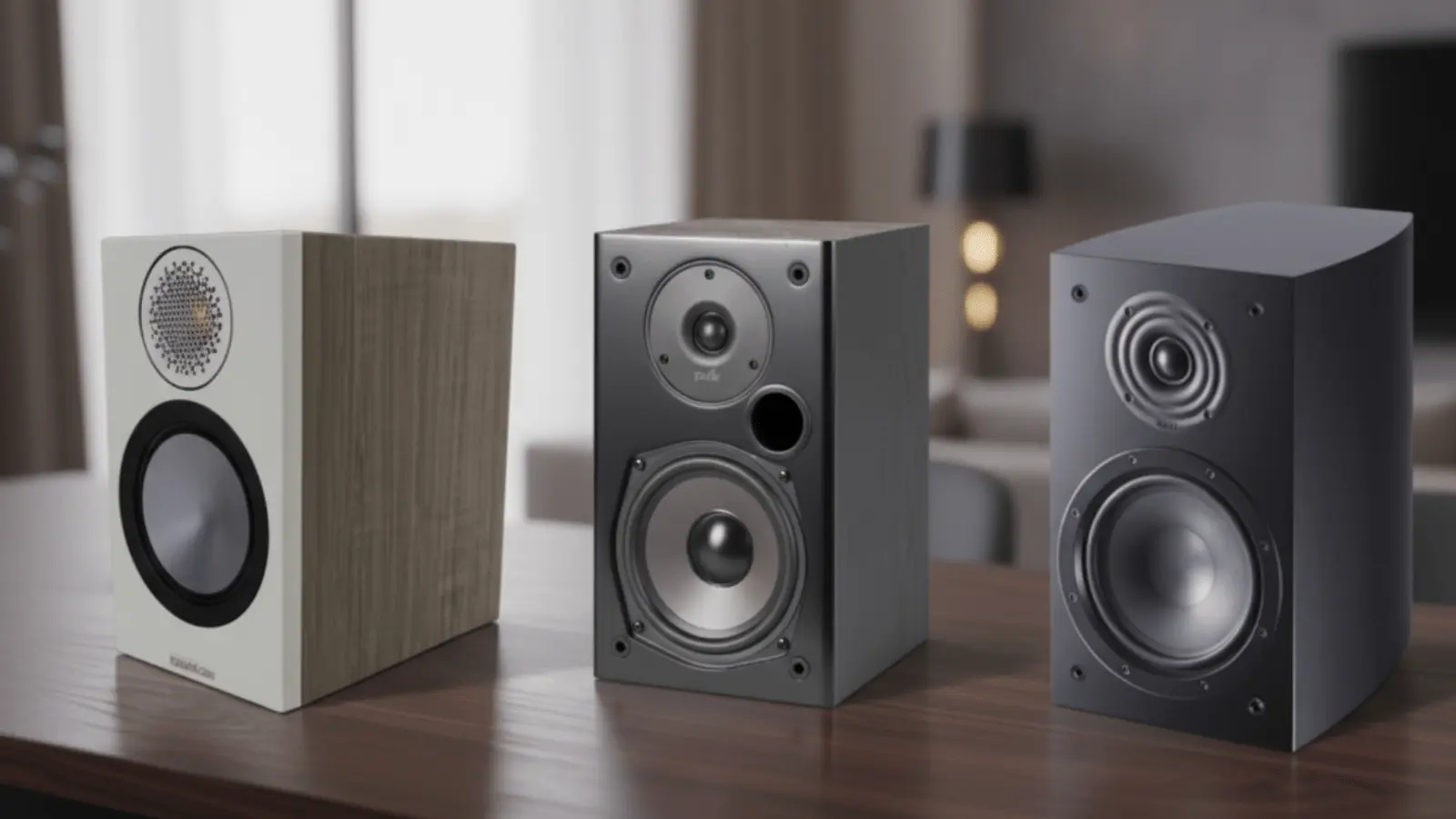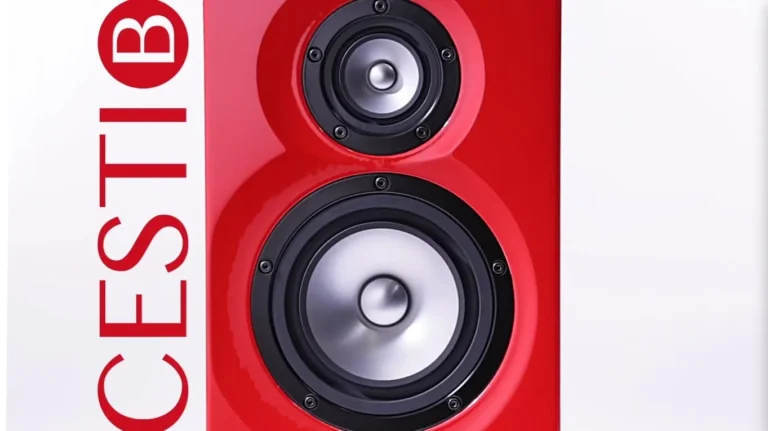I Tested Three Budget Bookshelf Speakers. The Winner Wasn’t the One I Expected.
The world of high-end audio can be an intimidating place, full of five-figure price tags and endless debate. But what if you just want good sound without breaking the bank? That’s the question my relative asked me the other day, and it sent me on a quest. The mission: find a pair of small, inexpensive bookshelf speakers for a small room, undemanding of an amplifier, and perfect for near-field listening.
Figuring this was a great chance to see what the entry-level market has to offer, I headed down to a local Hi-Fi shop, Audio Visions, for a listening session.
The shop had me set up with a classic, highly respected integrated amplifier.
The Source Amplifier: NAD C 316BEE V2
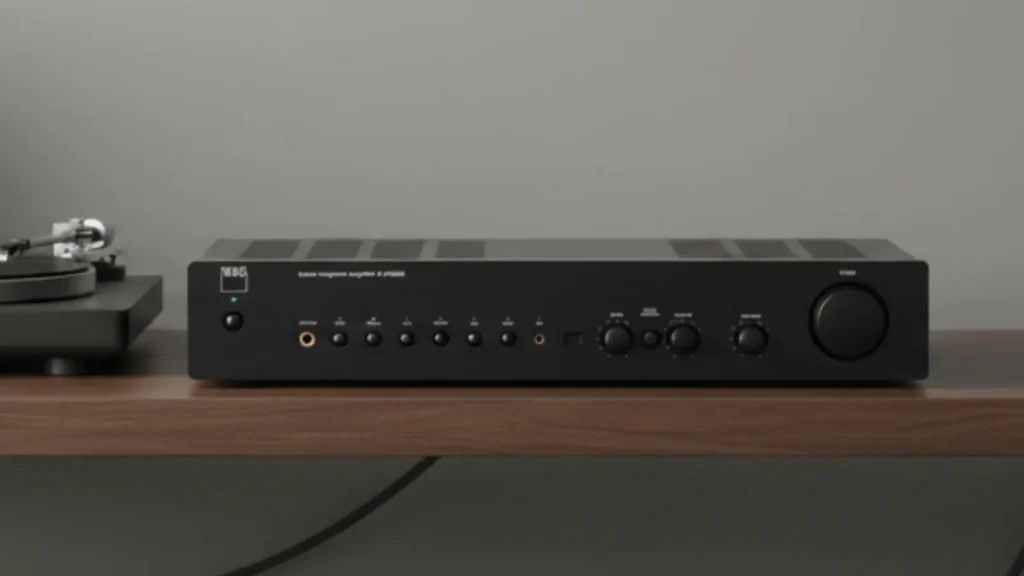
This is one of those legendary components in the audio world. According to the manager, it remains a huge seller because it delivers pure, honest performance. A perfect, no-nonsense engine to test our speakers. We listened to high-resolution WAV files from a laptop connected to a small external DAC.
First up on the stands were a hefty pair of German speakers.
First Contender: Heco Victa Prime 302
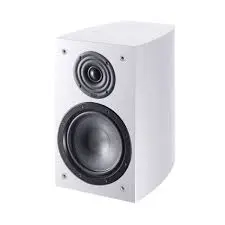
My first thought was, “Wow, you get a lot of speaker for the money.” For under $300, these are physically large bookshelf speakers with impressive features like bi-wiring/bi-amping capability. And the sound? It was big, too.
They easily filled the room with an expansive soundstage. But as I listened closer, the details emerged. The highs weren’t harsh, which is a big plus, but they felt a bit dry and lacked the last word in transparency. This affected the finer nuances in vocals and instruments. The bass was plentiful for a medium-sized room, but it was more of a blunt instrument than a detailed one. Localization was also a weakness; the sound tended to spread out in a general area between the speakers rather than being instruments precisely.
Still, let’s not nitpick too much. For a beginner audiophile on a tight budget, the Heco Victa Prime 302 offers a massive amount of sound for a small price.
Second Contender: Monitor Audio Bronze 50
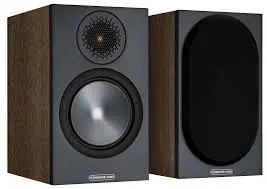
Next, the manager suggested the Monitor Audio Bronze 50. My jaw dropped a little at the price: at over $400, they were nearly double the price of the Hecos and well outside my budget. They are, however, gorgeous. Where the Heco is old-school and brawny, the Monitor Audio is sleek, stylish, and high-tech. The minimalist front panel and unique tweeter grille are pure class.
Now, I have to be honest: I’ve never been the biggest fan of Monitor Audio’s house sound, at least in their lower-tier lines. I’ve always found them a bit bright. I was told the new generation is much improved, and it has been! The sound is detailed, focused, and clear.
But unfortunately, to my ears, it sounded like a collection of beautifully reproduced individual sounds that failed to come together as a coherent, musical whole. The sound felt hollow, and it wasn’t a lack of bass. The mid-bass was present, tight, and fast. The problem was in the treble. When a track featured strings, cymbals, or ringing guitars, they would leap out and dominate everything else, including the vocals. It was fatiguing and very difficult for me to listen to.
They look fantastic, but they demand very careful system matching to tame that top end.
The Underdog: Polk Audio T15
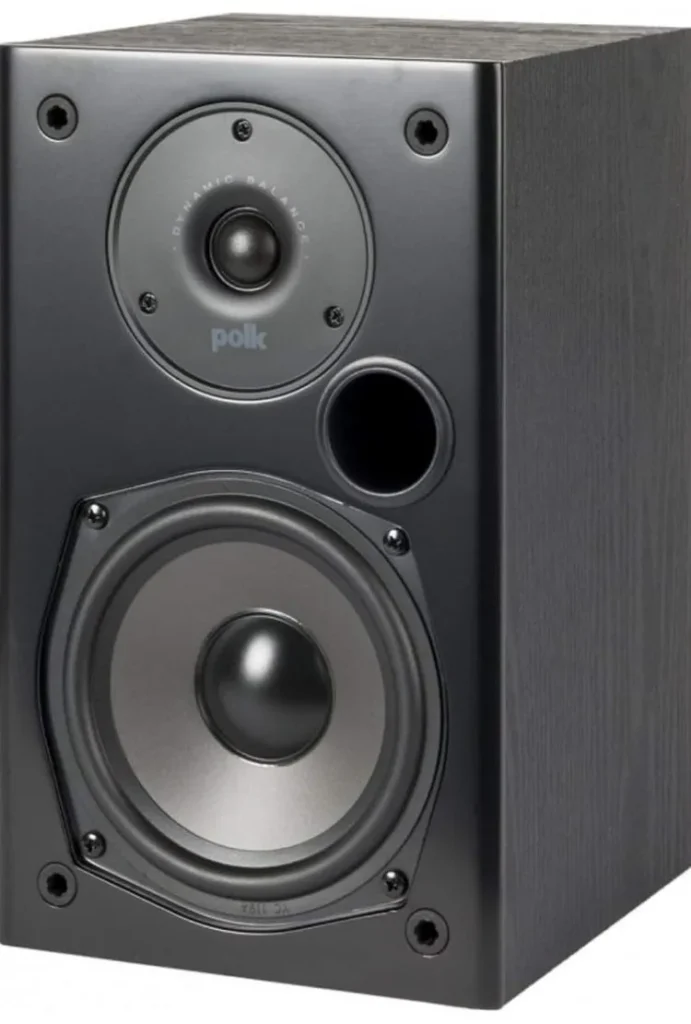
Last up were these tiny things: the Polk Audio T15. You could probably fit both of them on a single speaker stand. For around $150 a pair, they have a classic look, are well-built, and their specs (8-ohm load, 89 dB sensitivity) make them incredibly easy for any amplifier to drive. But what about the sound?
I’ll say it upfront: there are no miracles here. In terms of sheer scale and bass, they can’t compete with the Heco or even the Monitor Audio. Deep, low notes on familiar tracks were simply absent. You would absolutely want a subwoofer to get a full-range sound.
But what they did do, they did surprisingly well. The mids and highs were their strong suit. The midrange, while lightweight due to the small driver, was focused and energetic. But the vocals were the real surprise. They were the hallmark of this little speaker—clear, composed, and perfectly intelligible against the instruments. The naturalness of the timbre isn’t perfect given the price, but they sounded shockingly lively. Most importantly, the highs were present but never harsh, making for a very comfortable, non-fatiguing listen.
The Verdict and an Unexpected Purchase
Despite their obvious limitations, I liked the Polk T15s the best. Why? Because of their honesty. They don’t try to pretend to be giant-killers. They deliver exactly what you paid for, playing to their strengths within their physical limitations. With a front-facing bass port, you can place them right up against a wall, making them perfect for a desk or a small bedroom.
As I left the showroom, I was still debating what to do. Then, that evening, fate intervened. Browsing Facebook Marketplace, I found a brand-new pair of Polk T15s for sale in my city for $100. Someone had received them as a gift and didn’t need them. It was a sign. I bought them immediately.
Living with the Winner at Home
After bringing them home, I was pleasantly surprised that they produced a noticeable amount of bass in my 200-square-foot room. However, I also found their biggest flaw. At a certain volume, the front bass port starts to “chuff” or audibly puff along with bass notes. It’s a shame, but if you don’t crank the volume on bass-heavy music, it’s manageable. The ideal setup is definitely with a subwoofer handling everything below 100 Hz.
They aren’t the best for complex orchestral music, but bookshelf speakers that excel at classical are usually in a much higher price bracket.
For now, until they go to my relative, I’m using them as desktop speakers at work, and I’m secretly hoping he asks for something else so I can keep them. For $100, they look great, sound incredibly pleasant, and prove that you can still find true bargains in the world of audio.

